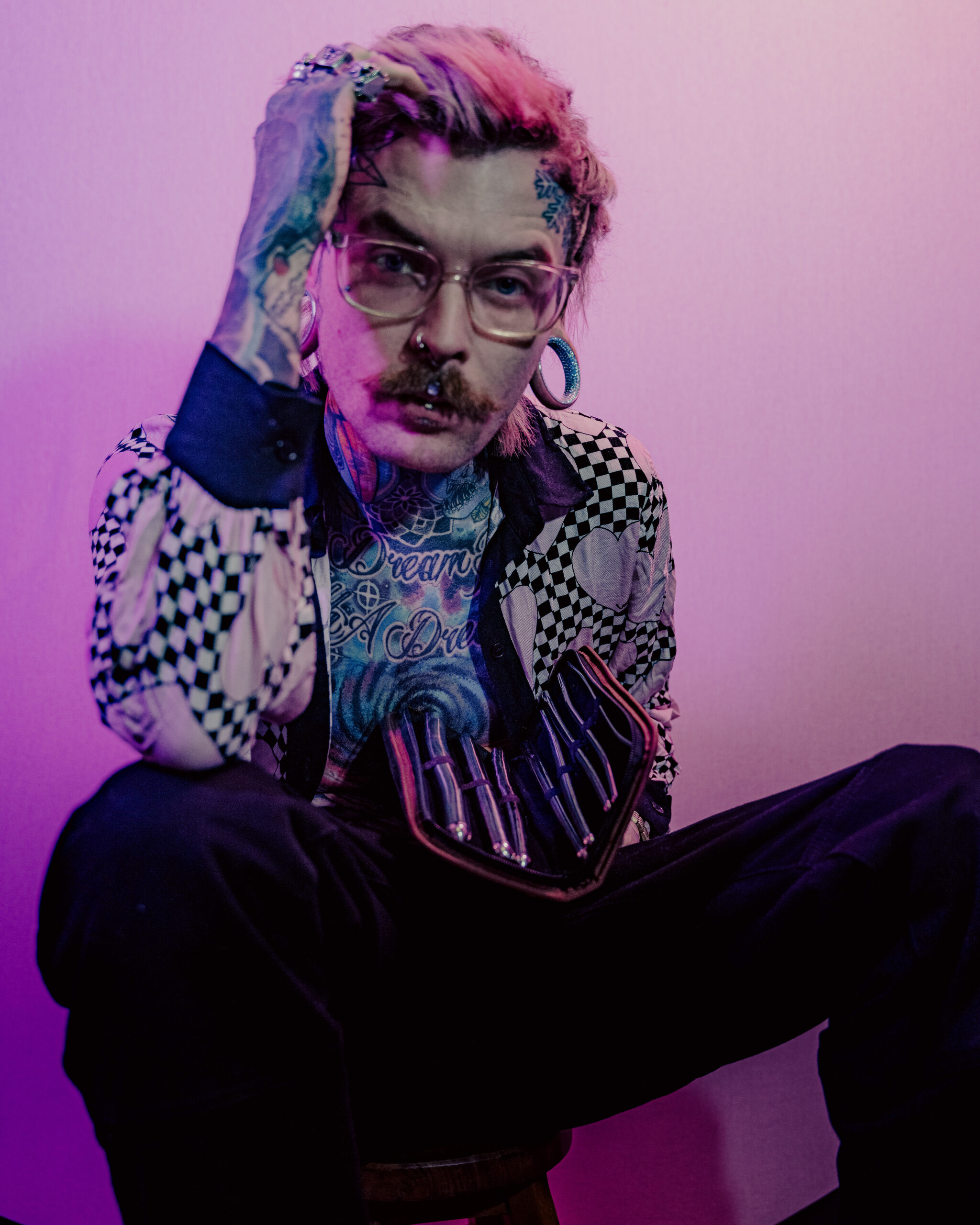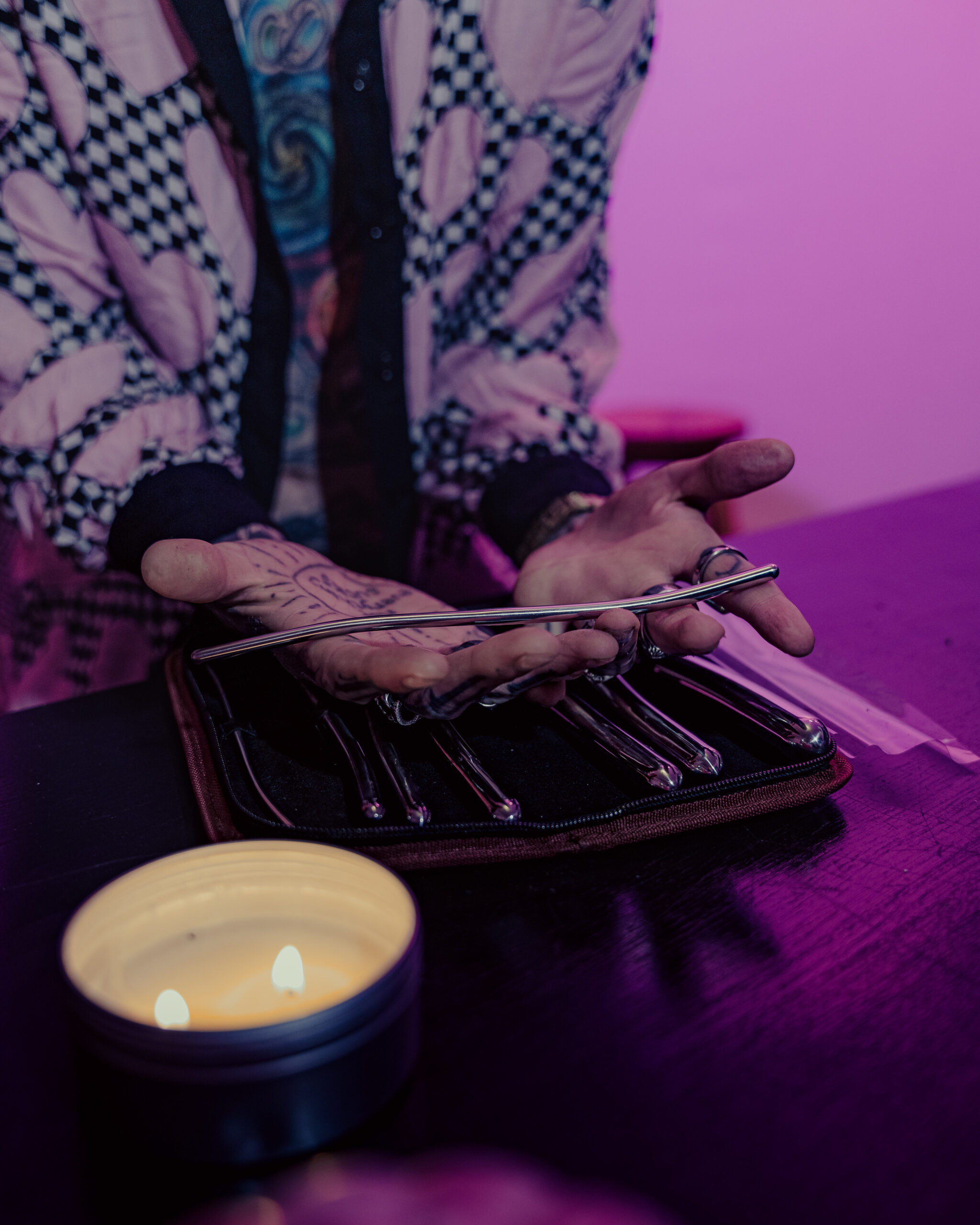Defining Omnisexuality

Omnisexuality is a sexual orientation characterized by attraction to people of multiple genders, including all genders. Unlike pansexuality, which encompasses attraction to all genders regardless of personal preference, omnisexuality acknowledges the existence of preferences within that spectrum.
Core Concept: Attraction to All Genders

Omnisexuality is a sexual orientation characterized by attraction to people of multiple genders, including all genders. Unlike pansexuality, which encompasses attraction to all genders regardless of personal preference, omnisexuality acknowledges the existence of preferences within that spectrum.
- Individuals who identify as omnisexual may experience Family Flora varying levels of attraction to different genders.
- Some omnisexual people might find themselves drawn more strongly to certain genders than others.
- These preferences can change over time and are a fundamental aspect of omnisexuality.
Distinguishing Features from Other Identities
Omnisexuality is a sexual orientation characterized by attraction to people of multiple genders, including all genders. Unlike pansexuality, which encompasses attraction to all genders regardless of personal preference, omnisexuality acknowledges the existence of preferences within that spectrum.
Individuals who identify as omnisexual may experience varying levels of attraction to different genders. Some omnisexual people might find themselves drawn more strongly to certain genders than others. These preferences can change over time and are a fundamental aspect of omnisexuality.
Spectrum and Nuance Within Omnisexuality
Omnisexuality is a sexual orientation that involves attraction to multiple genders, including all genders. It’s important to understand that while omnisexual individuals are attracted to people across the gender spectrum, they may have preferences for certain genders over others.
This means that an omnisexual person might find themselves more drawn to one gender than another, or their attractions might shift and evolve over time. These preferences are a natural part of being omnisexual and don’t diminish the validity of their attraction to multiple genders.
It’s also crucial to recognize that omnisexuality exists on a spectrum. Some individuals may experience relatively equal attraction across all genders, while others may have stronger preferences for specific genders. The intensity and nature of these attractions can vary greatly from person to person.
Experiences of Omnisexual Individuals
Omnisexuality is a sexual orientation characterized by attraction to multiple genders, including all genders, but with acknowledged preferences within that spectrum. Unlike pansexuality, which embraces attraction to all genders equally, omnisexual individuals may find themselves drawn more strongly to certain genders than others. These preferences are unique to each person and can evolve over time.
Dating and Relationships
Omnisexual individuals navigate dating and relationships by embracing the complexities of their attractions. Like any other sexual orientation, finding compatible partners involves exploring individual needs, desires, and boundaries.
Because omnisexuality acknowledges preferences, communication becomes crucial in establishing mutual understanding and respect. Openly discussing attraction levels and comfort zones can help create healthy and fulfilling connections.
Dating apps and online platforms offer valuable tools for omnisexual individuals to connect with others who share similar experiences and values. These spaces can facilitate meaningful interactions and foster a sense of community.
Navigating societal misconceptions and stereotypes may present challenges for omnisexual individuals in dating. Education and awareness are essential for fostering acceptance and understanding within society.
Social Perceptions and Challenges
Omnisexuality is a sexual orientation characterized by attraction to multiple genders, including all genders, but with acknowledged preferences within that spectrum. Unlike pansexuality, which embraces attraction to all genders equally, omnisexual individuals may find themselves drawn more strongly to certain genders than others. These preferences are unique to each person and can evolve over time.
Individuals who identify as omnisexual may experience varying levels of attraction to different genders. Some omnisexual people might find themselves drawn more strongly to certain genders than others. These preferences can change over time and are a fundamental aspect of omnisexuality.
Omnisexual individuals navigate dating and relationships by embracing the complexities of their attractions. Like any other sexual orientation, finding compatible partners involves exploring individual needs, desires, and boundaries.
Because omnisexuality acknowledges preferences, communication becomes crucial in establishing mutual understanding and respect. Openly discussing attraction levels and comfort zones can help create healthy and fulfilling connections.
Dating apps and online platforms offer valuable tools for omnisexual individuals to connect with others who share similar experiences and values. These spaces can facilitate meaningful interactions and foster a sense of community.
Coming Out and Self-Discovery
Omnisexuality is a sexual orientation characterized by attraction to multiple genders, including all genders. Unlike pansexuality, which encompasses attraction to all genders regardless of personal preference, omnisexuality acknowledges the existence of preferences within that spectrum.
Individuals who identify as omnisexual may experience varying levels of attraction to different genders. Some omnisexual people might find themselves drawn more strongly to certain genders than others. These preferences can change over time and are a fundamental aspect of omnisexuality.
Dating and relationships for omnisexual individuals often involve exploring the complexities of their attractions, just as with any other sexual orientation.
- Finding compatible partners requires open communication about needs, desires, and boundaries.
- Since omnisexuality acknowledges preferences, being upfront about attraction levels and comfort zones is crucial for establishing mutual understanding and respect within relationships.
Dating apps and online platforms can be valuable tools for omnisexual individuals to connect with others who share similar experiences and values. These platforms can facilitate meaningful interactions and create a sense of community.
Internalized Biases and Self-Acceptance
Omnisexuality, a sexual orientation characterized by attraction to multiple genders, including all genders, acknowledges the existence of preferences within that spectrum. Unlike pansexuality, which encompasses attraction to all genders equally, omnisexual individuals may find themselves drawn more strongly to certain genders than others. These preferences are unique to each person and can evolve over time.
Individuals who identify as omnisexual may experience varying levels of attraction to different genders. Some omnisexual people might find themselves drawn more strongly to certain genders than others. These preferences can change over time and are a fundamental aspect of omnisexuality.
Internalized biases, often stemming from societal norms and misconceptions about sexuality, can significantly impact self-acceptance for omnisexual individuals. These internalized biases may lead to feelings of shame, guilt, or confusion about one’s identity.
Overcoming these internalized biases is a crucial step towards achieving self-acceptance. This process often involves challenging negative beliefs, educating oneself about omnisexuality, and connecting with supportive communities.
Building self-acceptance as an omnisexual individual can be a journey that requires patience and self-compassion. It’s important to remember that there is no right or wrong way to experience one’s sexuality.
Cultural Representations and Visibility
Omnisexuality, a nuanced sexual orientation characterized by attraction to multiple genders, including all genders, presents a unique perspective on identity and attraction. Unlike pansexuality, which emphasizes attraction across the gender spectrum without preference, omnisexuality acknowledges the existence of individual preferences within that spectrum. This means an omnisexual person may find themselves drawn more strongly to certain genders than others, and these preferences can evolve over time.
Media Portrayals and Stereotypes
Cultural representations and visibility of omnisexuality in media are still developing. While there has been growing recognition and acceptance of diverse sexual orientations, omnisexuality often gets overlooked or conflated with other terms like pansexuality. This lack of representation can contribute to misunderstandings and perpetuate harmful stereotypes.
Media portrayals of omnisexual characters are crucial for promoting accurate and nuanced understandings of this sexual orientation. When done well, these representations can help normalize omnisexuality, challenge misconceptions, and create a more inclusive media landscape.
However, it’s important to be mindful that stereotypes about omnisexuality can still exist, particularly those that portray individuals as promiscuous or lacking commitment. These harmful generalizations can reinforce negative biases and contribute to prejudice against omnisexual people.
Promoting accurate and positive representations of omnisexuality in media is essential for fostering understanding and acceptance.
Activism and Advocacy Efforts
Omnisexuality, a sexual orientation characterized by attraction to multiple genders, including all genders, presents a unique perspective on identity and attraction. Unlike pansexuality, which emphasizes attraction across the gender spectrum without preference, omnisexuality acknowledges the existence of individual preferences within that spectrum. This means an omnisexual person may find themselves drawn more strongly to certain genders than others, and these preferences can evolve over time.
Cultural representations and visibility of omnisexuality in media are still developing. While there has been growing recognition and acceptance of diverse sexual orientations, omnisexuality often gets overlooked or conflated with other terms like pansexuality. This lack of representation can contribute to misunderstandings and perpetuate harmful stereotypes.
Media portrayals of omnisexual characters are crucial for promoting accurate and nuanced understandings of this sexual orientation. When done well, these representations can help normalize omnisexuality, challenge misconceptions, and create a more inclusive media landscape.
However, it’s important to be mindful that stereotypes about omnisexuality can still exist, particularly those that portray individuals as promiscuous or lacking commitment. These harmful generalizations can reinforce negative biases and contribute to prejudice against omnisexual people.
Promoting accurate and positive representations of omnisexuality in media is essential for fostering understanding and acceptance.

Activism and advocacy efforts play a vital role in advancing the visibility and recognition of omnisexuality. By raising awareness, challenging stereotypes, and promoting inclusive policies, these efforts contribute to creating a more equitable and accepting society for omnisexual individuals.
Organizations and groups dedicated to LGBTQ+ rights often include support and resources for omnisexual people. These organizations provide a platform for sharing experiences, connecting with others, and advocating for greater understanding.
Online communities and forums offer spaces for omnisexual individuals to connect with one another, share their stories, and build supportive networks. These platforms can be valuable resources for information, advice, and emotional support.
It’s important for allies to actively educate themselves about omnisexuality and challenge misconceptions. By listening to the experiences of omnisexual individuals, amplifying their voices, and speaking out against prejudice, allies can contribute to creating a more inclusive environment.
Intersectionality with Other Identities
Omnisexuality is a sexual orientation characterized by attraction to multiple genders, including all genders. Unlike pansexuality, which encompasses attraction to all genders regardless of personal preference, omnisexuality acknowledges the existence of preferences within that spectrum.
Individuals who identify as omnisexual may experience varying levels of attraction to different genders. Some omnisexual people might find themselves drawn more strongly to certain genders than others. These preferences can change over time and are a fundamental aspect of omnisexuality.
Cultural representations and visibility of omnisexuality in media are still developing. While there has been growing recognition and acceptance of diverse sexual orientations, omnisexuality often gets overlooked or conflated with other terms like pansexuality. This lack of representation can contribute to misunderstandings and perpetuate harmful stereotypes.
Media portrayals of omnisexual characters are crucial for promoting accurate and nuanced understandings of this sexual orientation. When done well, these representations can help normalize omnisexuality, challenge misconceptions, and create a more inclusive media landscape.
However, it’s important to be mindful that stereotypes about omnisexuality can still exist, particularly those that portray individuals as promiscuous or lacking commitment. These harmful generalizations can reinforce negative biases and contribute to prejudice against omnisexual people.
Promoting accurate and positive representations of omnisexuality in media is essential for fostering understanding and acceptance.
Intersectionality plays a crucial role in understanding the experiences of omnisexual individuals. Omnisexual identities intersect with other aspects of an individual’s identity, such as race, ethnicity, gender identity, disability status, and socioeconomic background.
These intersecting identities can shape an individual’s experiences of both attraction and societal perceptions. For example, an omnisexual person of color might face unique challenges related to racism and homophobia, while an omnisexual disabled person might encounter ableism alongside other forms of discrimination.
Recognizing and acknowledging the interplay of these intersecting identities is essential for creating truly inclusive spaces that support the well-being and empowerment of all individuals.
how to have sex sideways
Democracy Defense Coalition
- Dermal Fillers Near Addington, Surrey - September 22, 2025
- Chin Crease Filler In Cheam, Surrey - September 20, 2025
- Cannabis Infused Cola: What It’s Really Like - September 19, 2025
